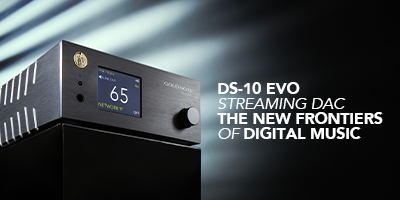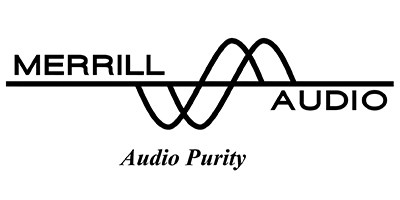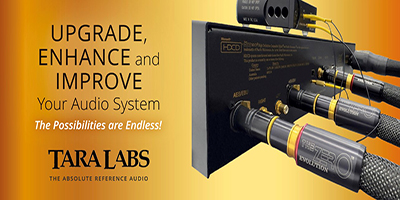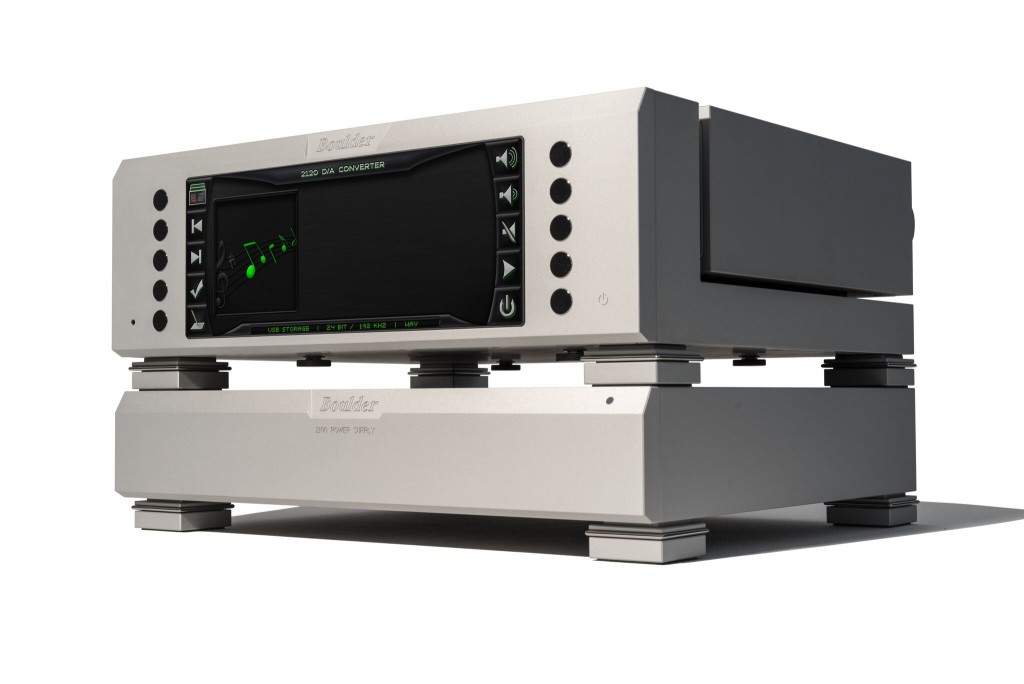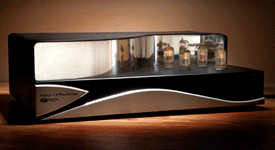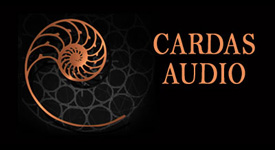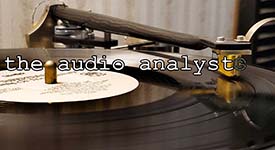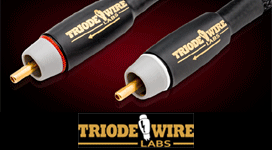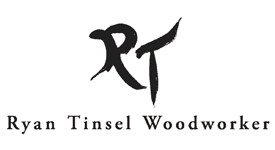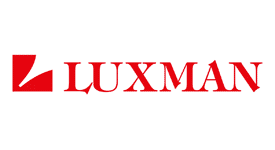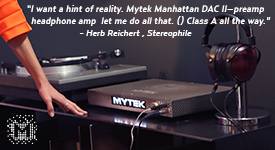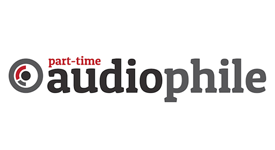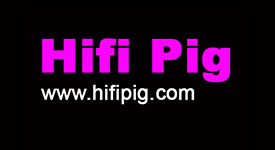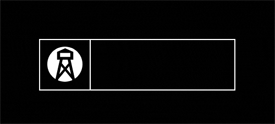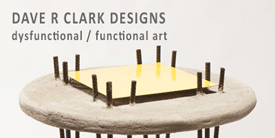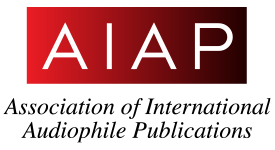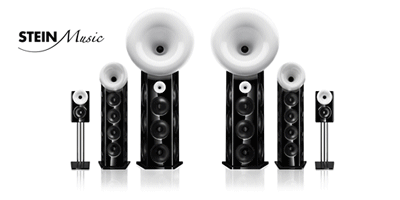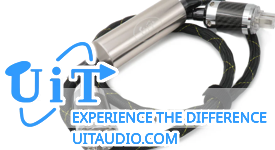The 2120 Stereo Amplifier is a reference-‐level digital music source in the 2000 level products from Boulder.
With the completion of the HDMI input module, Boulder Amplifiers is pleased to announce the full release and shipment of the 2120 D/A Converter.
The original 2000 Series was in continuous and unchanged production since 1996. The replacement 2100 Series is Boulder’s highest performing, continuously produced product line, encompassing the latest technology and thought regarding high-‐performance home audio reproduction. The 2100 Series marks a substantial increase in performance over the previous 2000 Series, moving the game on from what has long been considered the benchmark in high-‐performance audio. The suggested US retail price for the 2120 D/A Converter is $65,000. International export prices will vary by country.
2120 D/A Converter - All electronic circuitry within the 2160 Stereo Amplifier is entirely new and all technological changes were developed over a six-‐year period that included the engineering of a complete SoM (System on Module) host processor and dedicated video driver to support the front panel display.
Among the numerous features of the 2120 are:
Digital Inputs:
• Standard traditional digital inputs: coaxial S/PDIF, balanced AES3, and Toslink (EIAJ) optical
• Both Standard (computer) and Slave (memory device) streaming USB connections accepted
• Optional HDMI inputs
• DLNA/UPnP via Ethernet for bit-‐perfect network streaming
• Multiple fully modular digital input options available to tailor the 2120 to the user’s system needs and prevent obsolescence
Digital Processing Features:
• Asynchronous digital streaming
• Digital audio file formats accepted: PCM, DSF (DSD 1x and DSD 2x), AIFF, ALAC (Apple Lossless), FLAC, WAV, MP3, OGG Vorbis
• Digital data rates accepted: 16-‐, 20-‐, 24-‐ and 32-‐bit word lengths at 32, 44.1, 48, 88.2, 96, 176.4, 192, 352.8 and 384 kHz.
• Digital volume control for direct connection to amplification, featuring an 80 dB range and 1.0 dB step resolution
• A balanced variation of Boulder’s Precise Interval Clock to substantially reduce noise in the clock circuit and maintain ultra-‐precise data timing at the DACs
• Boulder’s Eigen-‐algorithm digital filter for optimized frequency and phase response
Analog Features:
• Three-‐output power supply (analog left channel, analog right channel and digital), plus an independent supply for low power consumption standby modes
• Isolated left and right channel analog sections as in the 2110 Preamplifier
• Ten proprietary Boulder 99S gain stages per channel
• Dual balanced outputs for each channel
Operational and Chassis Features:
• Function control by multiple control points on Apple-‐ and Android-‐based tablets and mobile devices as well as iTunes
• Four separate chassis: left analog, right analog, user interface and power supply
• Separate power supply casework ensures optimal noise isolation
• Large, full-‐color, 12.3-‐inch (31.2 cm), 1280 x 480 LCD display
• Display provides complete metadata readout, selected input or customized source listing, progress bar, resolution and data rate
• Album art displayed when available
• Automatic software updating when attached to an active Internet connection
• Multiple Standby modes for quick start, standard and ultra-‐low power consumption
• Comprehensive setup and configuration modes
• IP control with two-‐way communication for integration with external control systems, such as Savant or Crestron
About Boulder Amplifiers, Inc.:
Boulder is the world’s premiere luxury and high-‐performance audio manufacturer and is based in Boulder, Colorado. It is a member of the Consumer Electronics Association and is the last remaining “high-‐end” electronics manufacturer in North America to engineer and produce all aspects of its products in-‐house. Boulder was founded in 1984 as a manufacturer of broadcast and studio equipment, transitioning later to exceptional home audio electronics.

